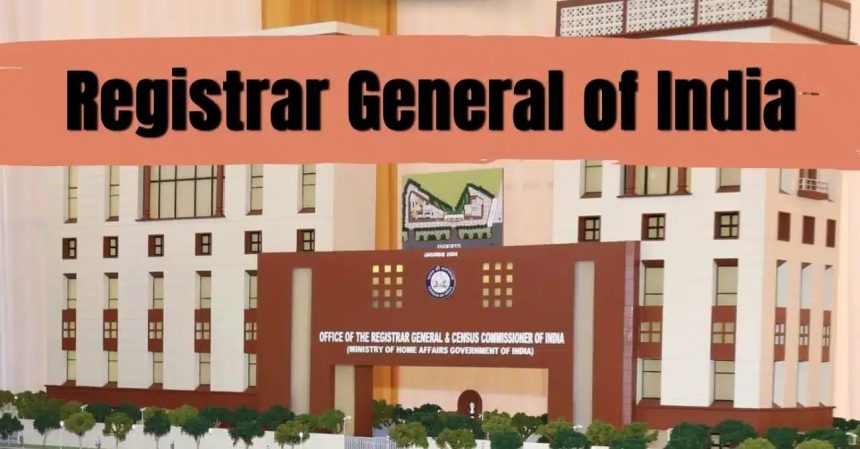By | Gitanjali Thorat | PR Desk
Mumbai : In a significant step toward conducting India’s first fully digital Census, the Office of the Registrar-General and Census Commissioner of India has introduced two dedicated mobile applications and launched a test portal for self-enumeration. These developments mark a major shift from traditional paper-based processes to a digital data-collection model for the upcoming Census 2027.
The two applications, Digital Layout Map (DLM) and Census 2027 – House list, will be used during the pre-test for the first phase of the Census: House Listing and Housing Operations (HLO). The trial will be conducted in select locations across the country from November 10 to November 30.
The new mobile apps are designed exclusively for use by authorised enumerators, such as block development officers, revenue officials, and government schoolteachers. Available on both Android and iOS devices, the applications aim to streamline data collection and improve accuracy.
The Digital Layout Map (DLM) app digitally replicates the traditional practice of drawing notional sketches of enumeration blocks.
Key features include:
•Recording latitude and longitude for each building
•Capturing street and locality names
•Assigning building numbers or temporary Census house numbers
•Identifying building type (pucca or kutcha)
The second app, Census 2027 – House list, will allow field enumerators to collect details regarding housing amenities and infrastructure. During the pre-test, enumerators will ask 30 questions related to housing conditions, access to essential services, and household characteristics.
Self-enumeration portal for public participation
For the first time, households will be able to enter their own details through an online portal.
The test version of the portal is open from November 1 to November 7 at: https://test.census.gov.in/se
Residents of selected test areas can voluntarily submit their information through the portal before the field visit by enumerators. The government says this will reduce time spent during household visits and increase public participation.
The Census of India is the largest data collection exercise in the world, traditionally involving millions of enumerators and paper-based recording. The introduction of mobile apps and a self-enumeration system represents a major transformation, aiming to enhance data accuracy, reduce duplication, and improve efficiency.
The digital approach also aligns with broader governmental goals of expanding digital governance and improving real-time data access for policymaking.








